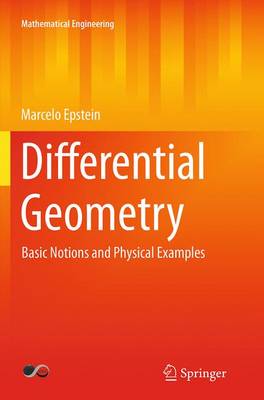Mathematical Engineering
2 total works
Differential Geometry offers a concise introduction to some basic notions of modern differential geometry and their applications to solid mechanics and physics.
Concepts such as manifolds, groups, fibre bundles and groupoids are first introduced within a purely topological framework. They are shown to be relevant to the description of space-time, configuration spaces of mechanical systems, symmetries in general, microstructure and local and distant symmetries of the constitutive response of continuous media.
Once these ideas have been grasped at the topological level, the differential structure needed for the description of physical fields is introduced in terms of differentiable manifolds and principal frame bundles. These mathematical concepts are then illustrated with examples from continuum kinematics, Lagrangian and Hamiltonian mechanics, Cauchy fluxes and dislocation theory.
This book will be useful for researchers and graduate students in science and engineering.

